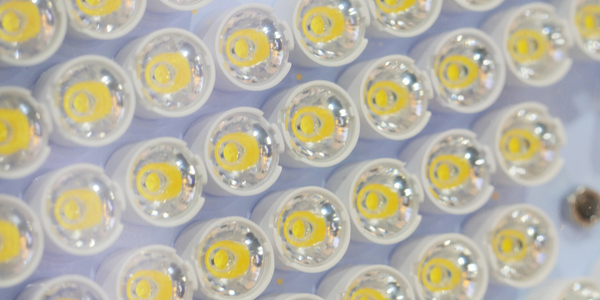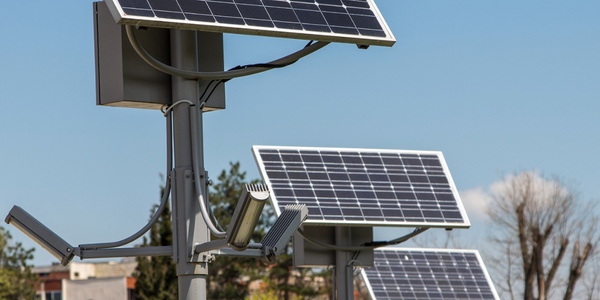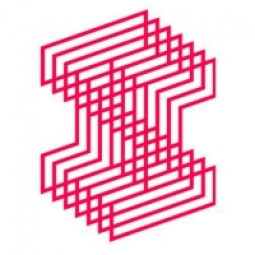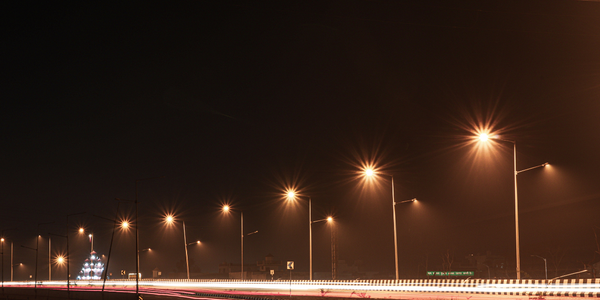Technology Category
- Sensors - Optical Sensors
Applicable Functions
- Sales & Marketing
Use Cases
- Smart Lighting
Services
- System Integration
About The Customer
The customer in this case study is Philips, a multinational technology company that specializes in healthcare, lighting, and consumer well-being. One of their innovative products is Philips Hue, a connected lighting system for homes. This system is designed to offer a range of lighting options that can be controlled remotely and customized to create different moods and settings. Philips Hue was initially popular among early adopters and tech enthusiasts, but the company aimed to expand its reach to a wider audience in Australia.
The Challenge
Philips Hue, a connected lighting system for the home, had initially impressed early adopters and tech enthusiasts when it was launched in 2013. However, two years later, Philips faced the challenge of expanding its reach and connecting Hue to a broader audience in Australia. The company needed to demonstrate the extraordinary lighting capabilities of Philips Hue in a way that would appeal to a wider demographic. The challenge was to transform the perception of Philips Hue from a tech novelty to a practical, innovative, and interactive lighting solution for everyday use.
The Solution
To address this challenge, Philips Hue embarked on an experiential marketing strategy. They transformed a regular bus shelter in Newtown, one of Sydney’s most vibrant and cultural suburbs, into a unique, dynamic, interactive light and sound installation. This installation was equipped with an interactive panel display that allowed visitors to choose from a selection of Sydney-inspired musical genres. As the music played, the Philips Hue lighting system would sync with the entertainment to create different ambient environments, showcasing some of the product’s most innovative features. This strategy, dubbed #HueTown, allowed Philips to replicate the Philips Hue experience for users in a fun and interactive way, thereby demonstrating its practicality and versatility.
Operational Impact
Quantitative Benefit

Case Study missing?
Start adding your own!
Register with your work email and create a new case study profile for your business.
Related Case Studies.
.png)
Case Study
Smart Street Light Network (Copenhagen)
Key stakeholders are taking a comprehensive approach to rethinking smart city innovation. City leaders have collaborated through partnerships involving government, research institutions and solution providers. The Copenhagen Solutions Lab is one of the leading organizations at the forefront of this movement. By bringing together manufacturers with municipal buyers, the Copenhagen Solutions Lab has catalyzed the development and deployment of next-generation smart city innovations. Copenhagen is leveraging this unique approach to accelerate the implementation of smart city solutions. One of the primary focus areas is LED street lighting.
.png)
Case Study
Single Network for Multiple Smart Grid Services (ComEd)
With the passage of Energy Infrastructure Modernization Act (EIMA), ComEd was required to improve its overall system reliability. In order to reach the goals outlined in the law, ComEd decided to leverage a common network for multiple applications, including advanced metering infrastructure (AMI), distribution automation (DA) and smart city programs. With a modernized communications infrastructure, the utility would be able to increase grid reliability by identifying problems faster, optimizing business processes, automating problem resolution and reducing truck rolls.

Case Study
American Eagle Achieves LEED with GE LED Lighting Fixtures
American Eagle Outfitters (AEO) was in the process of building a new distribution center. The AEO facility management team decided to look at alternate options for lighting layout that could provide energy and maintenance savings. AEO would need a full-time maintenance employee just to replace burned-out fluorescent tubes.

Case Study
IoT Powering A New Way to Light Streets with Bifacial Solar Panels
When James Meringer’s commercial contracting business experienced a rapid increase in solar projects, he also saw an opportunity to extend the benefits of solar by using the bifacial solar panels he’d become familiar with in new ways. Bifacial solar panels enable sunlight from both sides of the panel, making it a more efficient harvest of solar power. Seeing the panel’s power, James and his team set out to use the same technology for street lighting. Until now, solar street lights have served as utilitarian solutions that force designers to choose between form and function. The Mira Bella Energy team has changed that.




.png)
